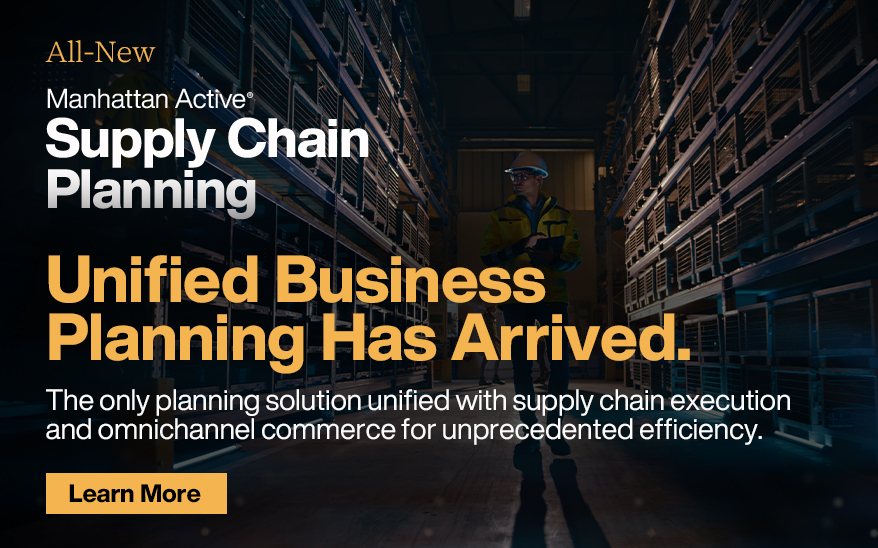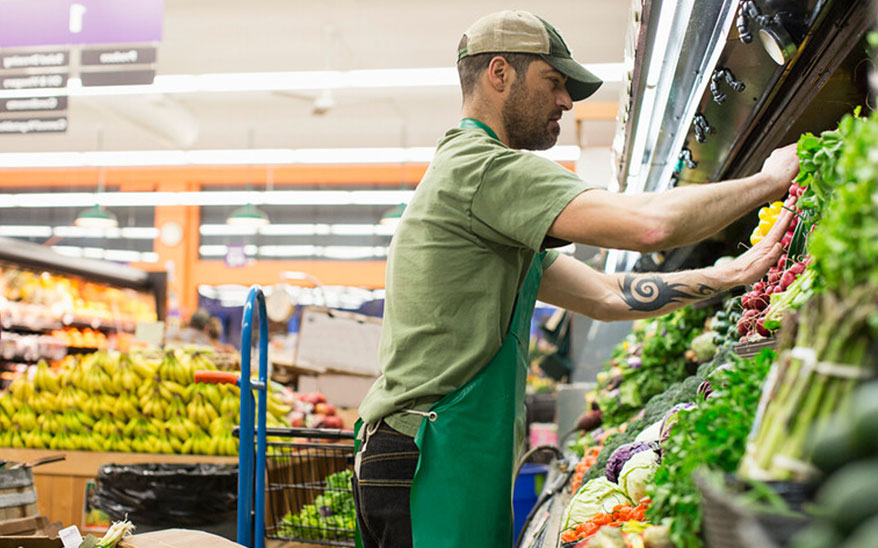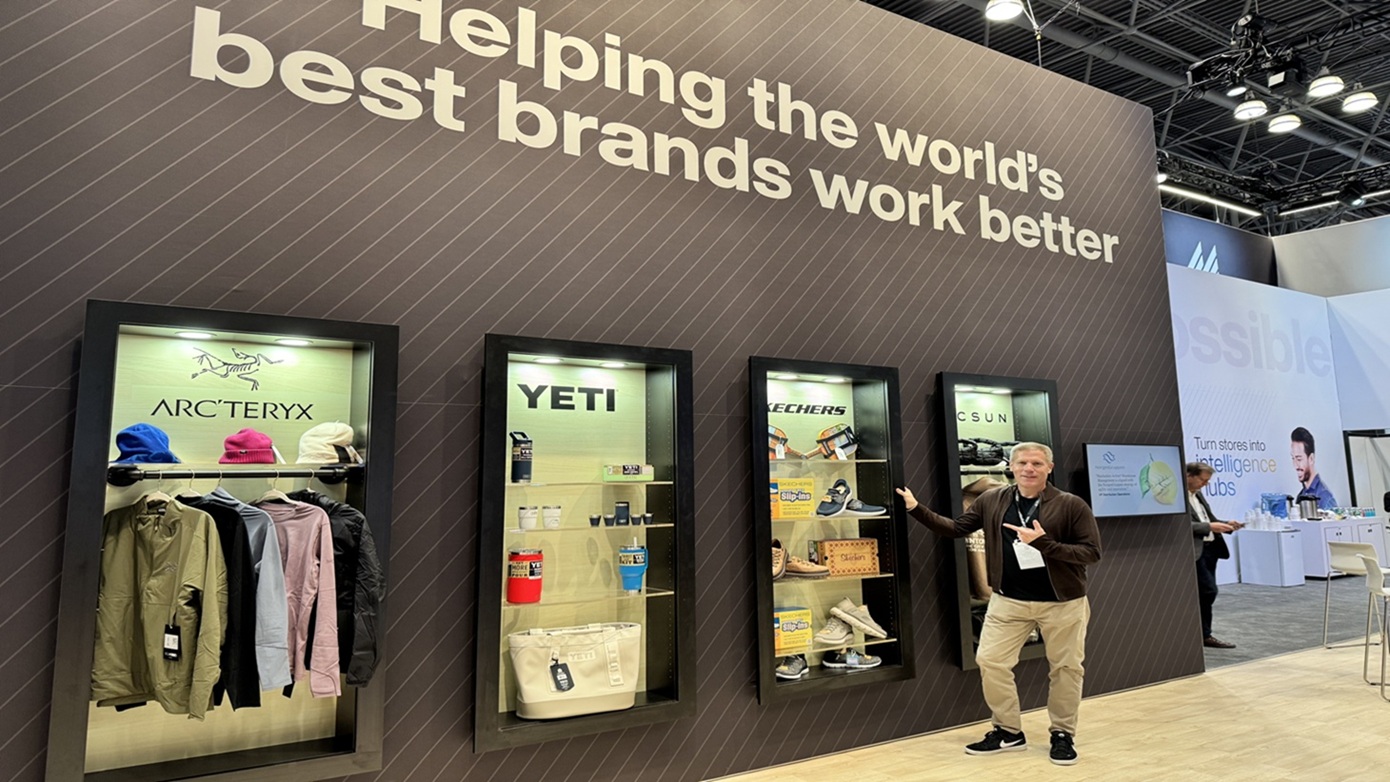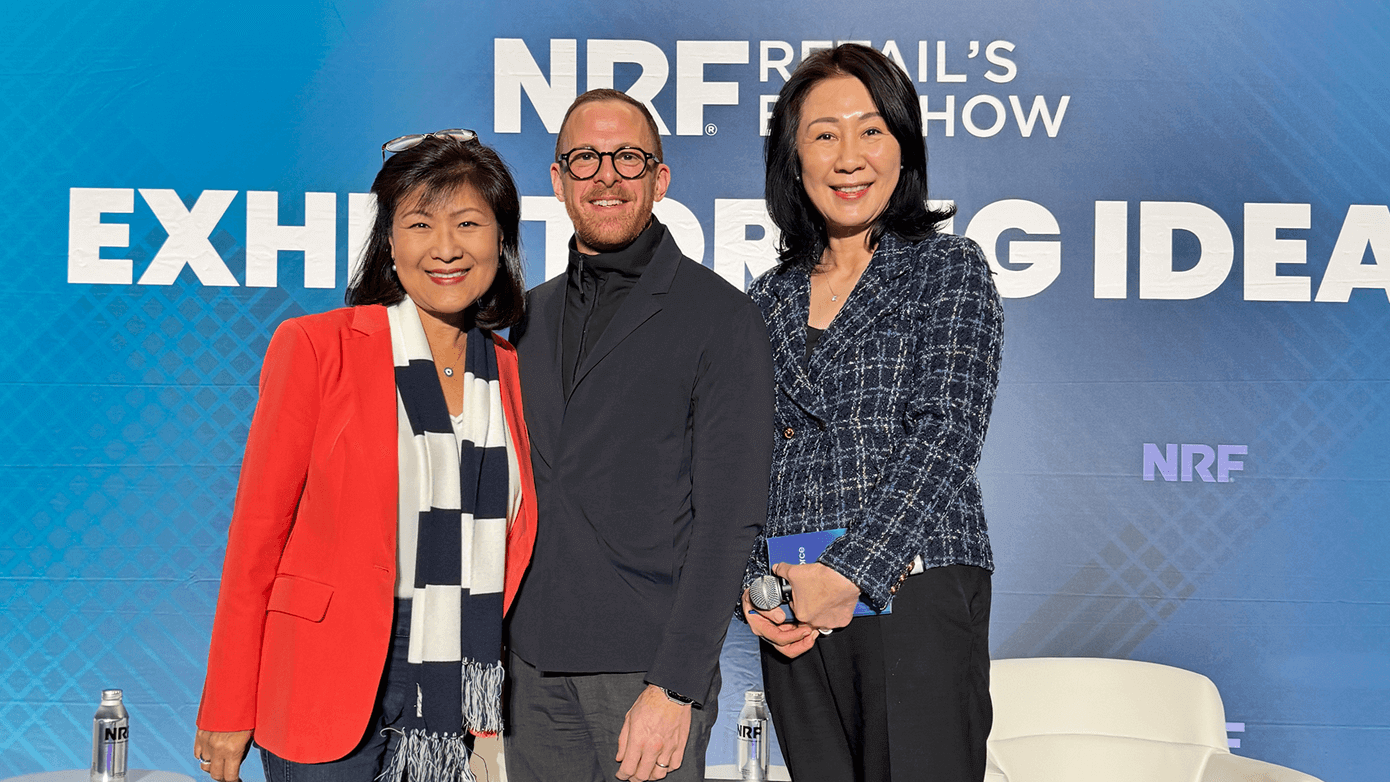Unified Commerce is a Marathon, Not a Sprint…
- January 27, 2025
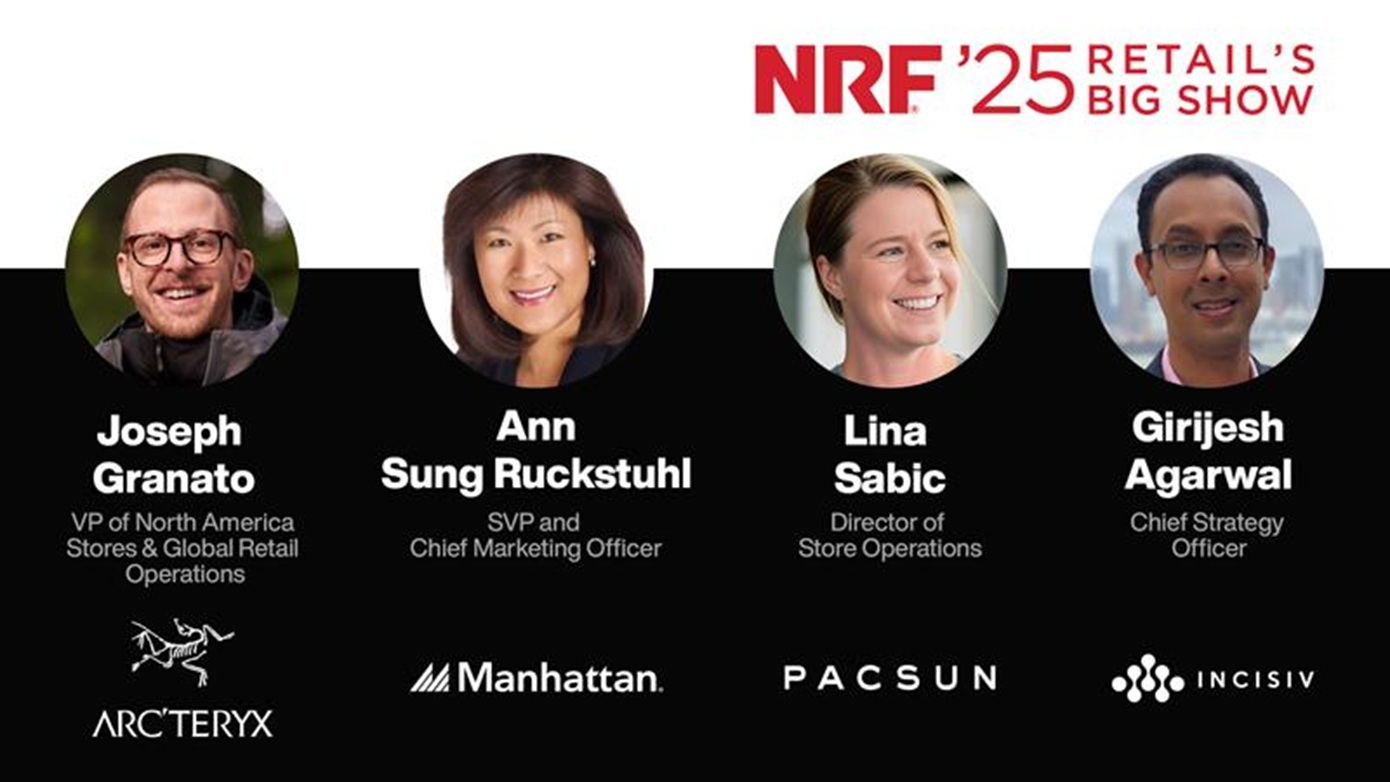
The foundations of specialty retail are being upended. The gap between customer expectations and current capabilities isn't just a technology challenge, it represents a fundamental reimagining of how specialty retail not just creates but captures value too. Success now depends on rethinking every aspect of business: everything from how your brand engages with its customers, to how your associate’s expertise and (even) operations scale is open to transformation.
Retailers leading the charge are not just adapting however, they're rewriting the rules to turn these challenges into lasting advantages. Below are my hot takes from the ‘Insights at Night’ event hosted by Manhattan at NRF. Attended by 14 retailers, the event included a panel discussion where Incisiv, PacSun and Arc’teryx threw light on how retailers can deliver on the promise of Unified Commerce.
The New Economics Of Specialty Retail
The data underpinning modern retail has been turned on its head over the last five years. Digital browsing increasingly becomes physical buying and store visits are sparking online discovery, with every touchpoint amplifying the next.
This previously latent, untapped value is unlocking with explosive force, blowing away incremental improvement to create value on an entirely different scale. Recent data findings from a poll conducted by Incisiv of 256 retail executives globally, showed that connected customers drive significant returns with multi-channel shoppers.
Whether it’s through positive revenue impact, or operational efficiency gains, Unified Commerce comes with demonstrable dollar benefits, including:
- 5 times higher customer lifetime value
- An increase of 15% on average order values
- 70% higher loyalty
- A 27% reduction in fulfillment costs
- 22% lower customer acquisition costs
- 18% fewer returns
The Promise and Fulfillment Revolution
Just as payments have become an expression of individual preference, so too has fulfillment. Modern fulfillment must be agile enough to flex seamlessly to changing customer needs, even after purchase. Whether modifying delivery timing, changing pickup location, or splitting shipments across methods, customers expect total control over their delivery experience.
Leaders in the fulfillment space are creating intelligent, pragmatic networks that deliver certainty in an uncertain world.
PacSun’s experience during the pandemic is a great example of the modern fulfillment story. The retailer was in the process of rolling out Manhattan Active Omni order management software but expedited the process across its 315 stores in just two weeks to address the peak of stay-at-home orders. Its online sales grew 46% in 2020 compared and closed stores went from fulfilling no orders to roughly 80% of all its orders during the peak of the pandemic.
Furthermore, PacSun expanded its solution set to include Manhattan Active Point of Sale (POS) across its entire store estate, in only three months, rounding out its omnichannel journey and giving its associates a single, intuitive experience across all in-store selling, engagement and fulfilment functions. This unification has helped deliver more personalised and modern shopping experiences to consumers at the most important touchpoint – the point of sale.
The Service Intelligence Platform
Modern service must identify and resolve issues before they affect customer experience, with 93% of retailers stating that proactive issue identification and resolution is the foundation to deliver seamless customer experience, yet only 34% rated their unified service desk platform capabilities as mature.
Leaders in the service space are using AI to handle routine inquiries, analyze patterns across customer interactions, purchase history, and product data to surface potential problems early, elevating human expertise to focus on high-value consultative interactions.
We see Generative AI as a particular game changer for retailers when it comes to customer service; whether they’re streamlining warehouse processes for a more transparent, efficient supply chain , or at the customer coal face with smart GenAI powered chatbots like Manhattan Active Maven, infused with customer and order data and trained to handle a wide range of inquiries and complex requests including order changes, cancellations, returns, and even, exchanges.
The Transformation Reality Check
Despite heavy investment and clear strategic intent, most retailers remain trapped in the early transformation stages of Unified Commerce, struggling with foundational capabilities that customers now take for granted.
The gap between customer expectations and retail reality is widening as the digital-physical divide deepens. Remember the film, 50 First Dates? Drew Barrymore would wake up every morning with no memory of the previous day, meaning each date Adam Sandler would take her on was like the first one all over again...
For many customers browsing online, then visiting a store is similar. Too often customer find themselves in scenarios where each time they move from one channel to another they have to start the whole customer conversation again; rather than in-store associates and online customer service teams being able to offer seamless shopping experiences through access to purchase histories and preferences.
While customers move fluidly between channels, most retailers still operate in parallel universes creating friction, channel separation and poor experiences; it destroys value across the business, from duplicate inventory and redundant labor, to lost sales and an erosion of customer trust.
The Hot Take
Retailers who identify as mature Unified Commerce operators deliver 23% higher inventory turnover, 22% lower customer acquisition costs and 70% higher retention of connected customers, making the economic case for Unified Commerce compelling.
Nevertheless, with only 17% stating that they have achieved Unified Commerce maturity, and 47% assessing themselves as still only being in the early stages of this journey, there remains a huge fiscal opportunity for the majority retailers.
Agility and change management are key. PacSun is a great example of a brand that embraces technologies like modern POS with the mindset of enabling its high-turnover young workforce, to become productive and empowered immediately.
For PacSun, the store is an experience hub, a commerce hub, a fulfillment hub and a service hub all in one place. And it is now able to test, adapt and deploy at scale, modern omnichannel supply chain, order management, and point of sale solutions to mitigate inventory risks and increase revenue across its multiple selling channels.
While the path to Unified Commerce may seem a long and one daunting at first, it is important to recognise that the race is a marathon not a sprint, and the real winners are those who get to the finish line, rather than those who make the fast starts.
The future of commerce is bright. The future is unified.


